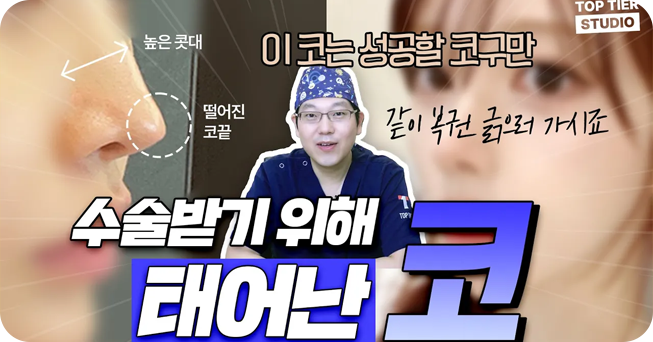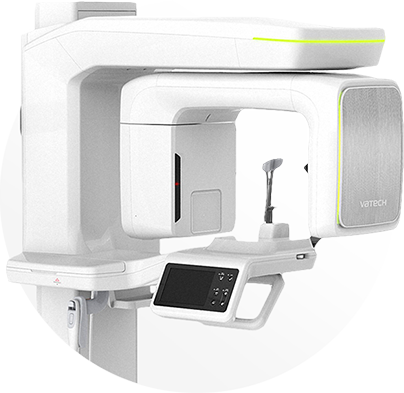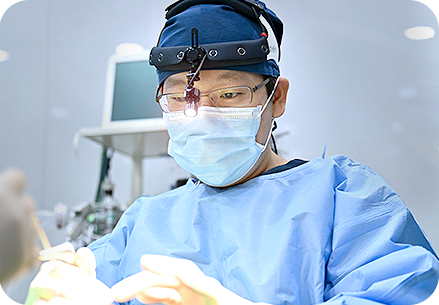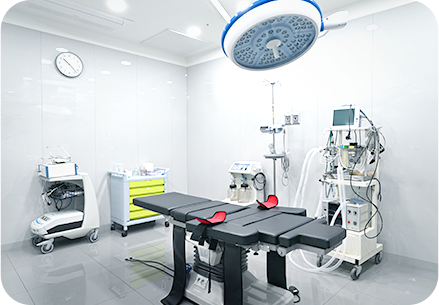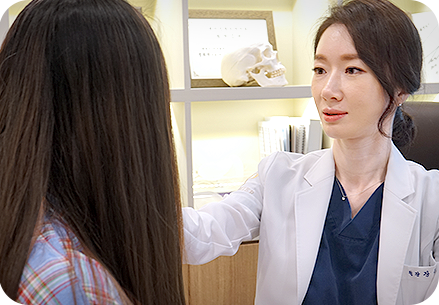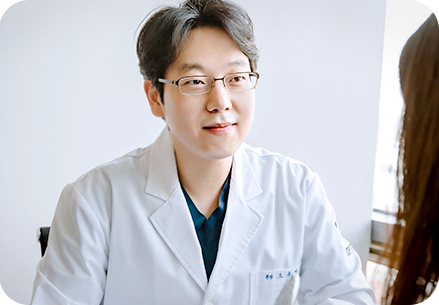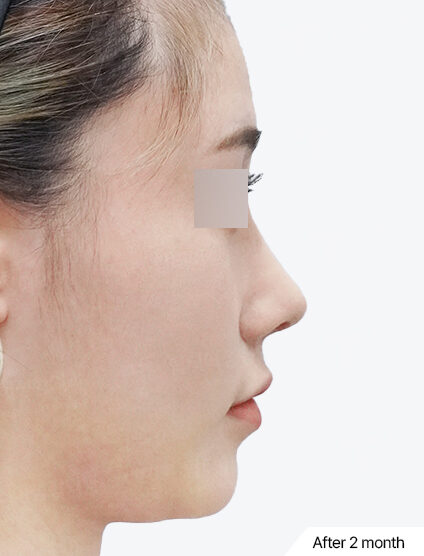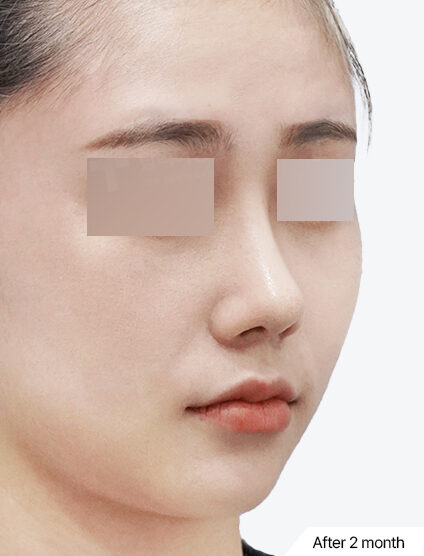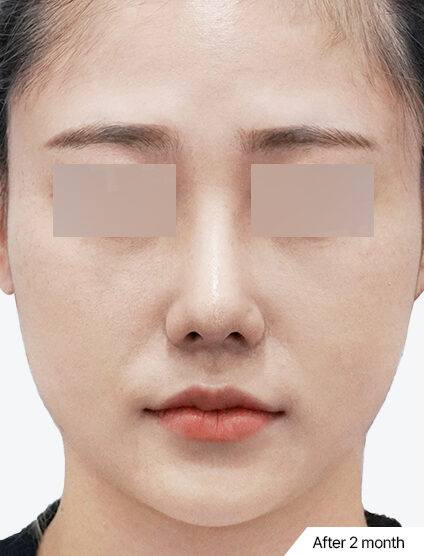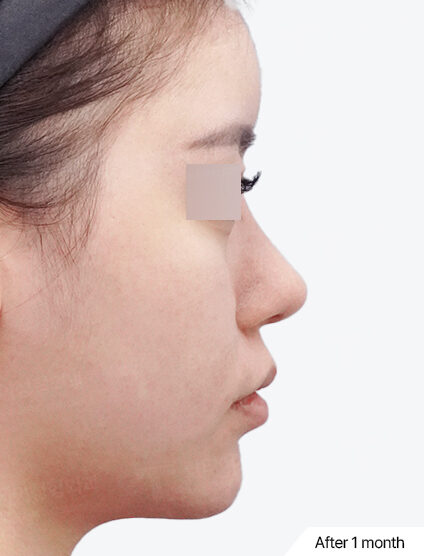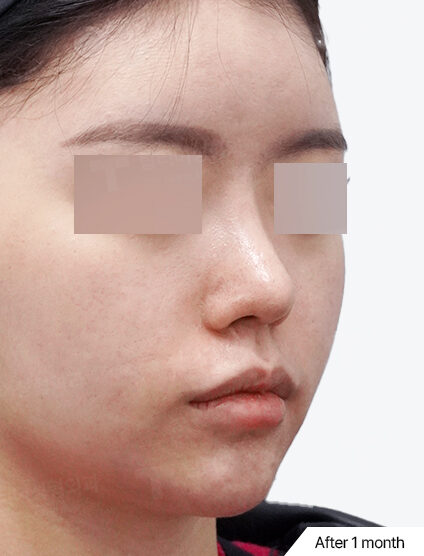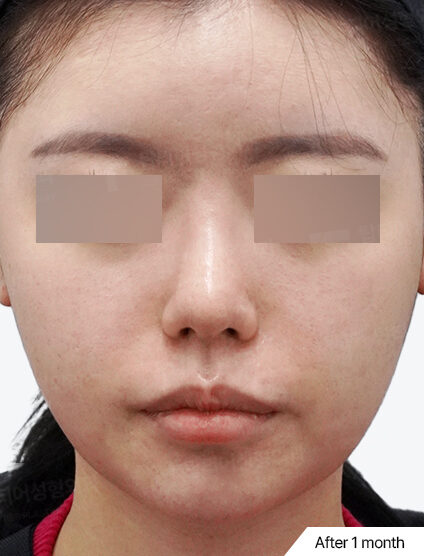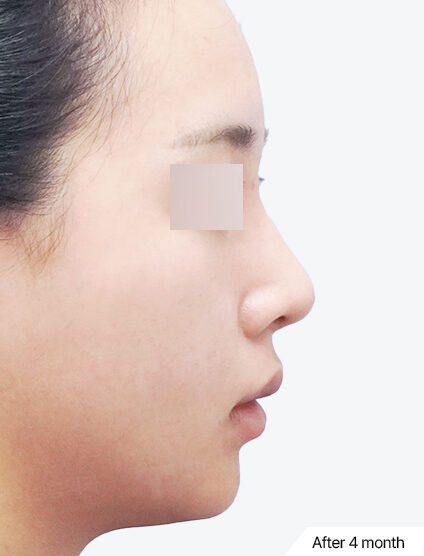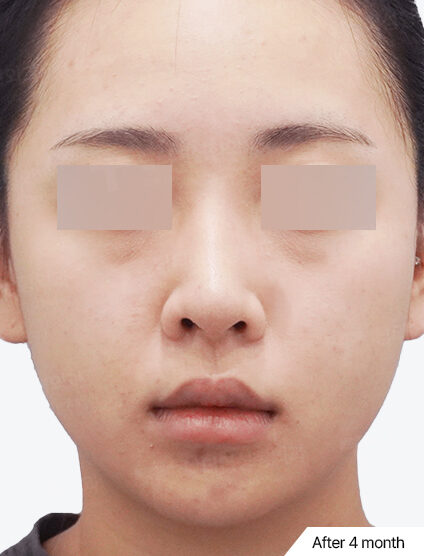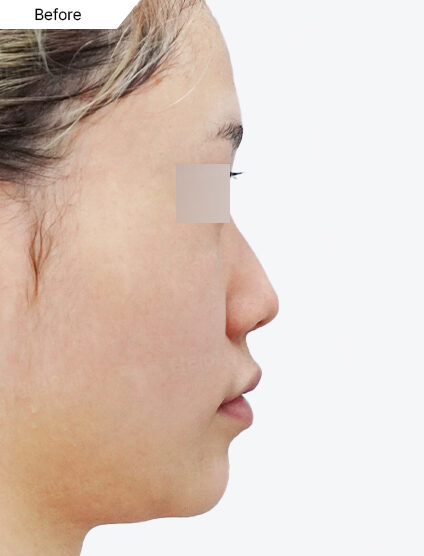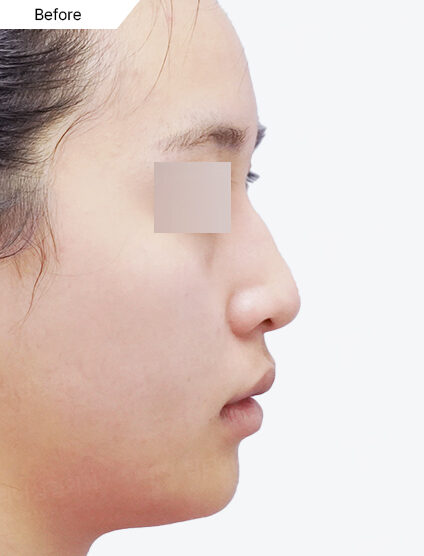Reshape Your Nose Naturally, with Autologous Tissue

No Silicone! No Gore-Tex!
TOP TIER Implant-Free Rhinoplasty
TOP TIER’s Implant-Free Rhinoplasty uses only your body’s natural tissue,
eliminating the need for artificial implants.
- #NaturalNose
- #NoImplants
- #AutologousTissue
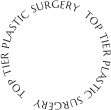

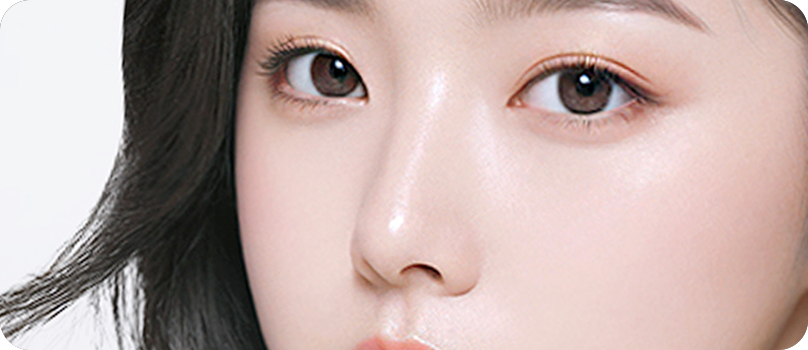
SURGERY INFORMATION
Procedure Time
1 to 2 hours
Anesthesia
Sedation
Hospitalization
Not required
Stitch Removal
7 days after surgery
Recovery Time
1 to 2 weeks for normal daily activities
Procedure Time
1 to 2 hours
Anesthesia
Sedation
Hospitalization
Not required
Stitch Removal
7 days after surgery
Recovery Time
1 to 2 weeks for normal daily activities
POINT 01
Why Choose TOP TIER Implant-Free Rhinoplasty?
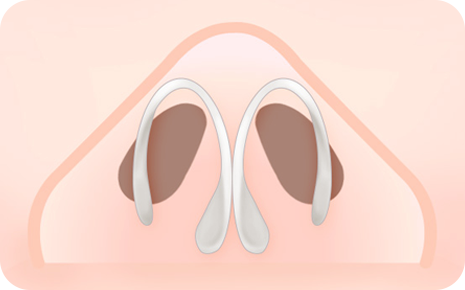
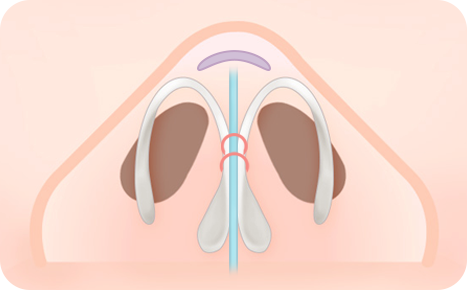
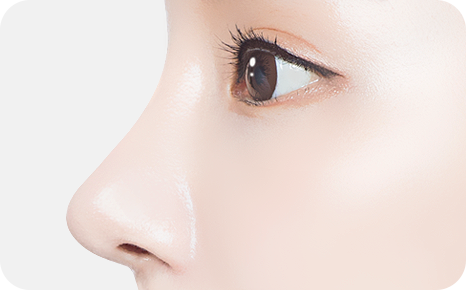



We use tissues from your body, like septal cartilage, ear cartilage, or rib cartilage, to create a stable foundation for a naturally defined and balanced nose line.
This method eliminates the need for artificial implants, reducing the risk of inflammation and preventing implant shifting from external impacts.

TOP TIER
Selecting the Most Suitable Autologous Tissue
Based on the Height of Your Nose
Using autologous tissues from different areas of the body for a natural, beautiful nose line
At TOP TIER, our Implant-Free Rhinoplasty tailors the procedure to your unique features by selecting the most suitable autologous tissue for each part of your nose. Autologous tissues are selected based on the height of your nose bridge. Autologous tissues include septal cartilage, ear cartilage, autologous dermis, rib cartilage, autologous fat, and temporal fascia.
What is Autologous Tissue?
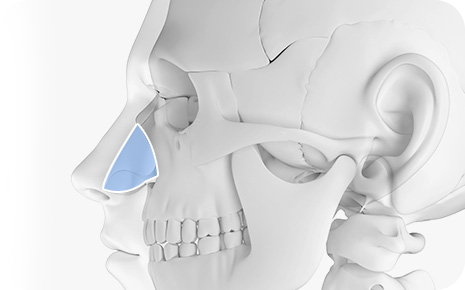
Septal Cartilage
Found in the center of the nose, this cartilage is one of the most effective materials for rhinoplasty. It is ideal for straightening the bridge and refining the tip of the nose.
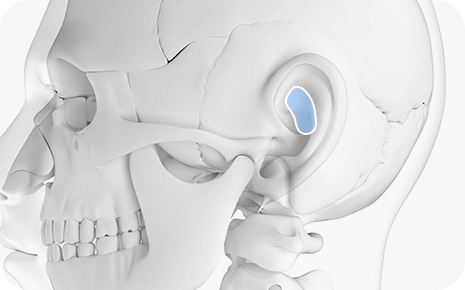
Ear Cartilage
A soft and flexible cartilage primarily used to elevate or cover the tip of the nose.
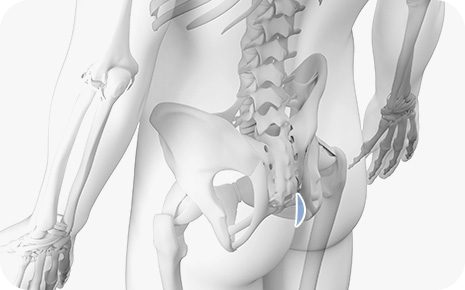
Autologous Dermis
Taken from areas like the groin or the buttocks, this tissue is used for patients with thin nasal skin or inflammation.
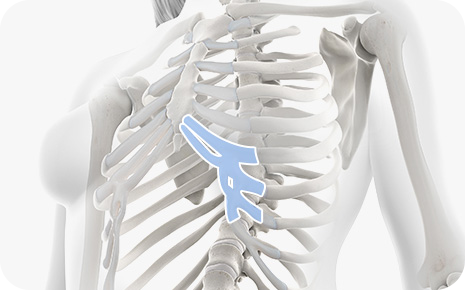
Rib Cartilage
When a large amount of cartilage is needed, rib cartilage is often selected for its strong support. It is commonly used to build up a low bridge, increase length, or in revisional surgeries.
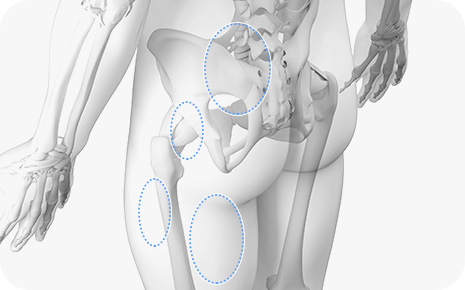
Autologous Fat
Fat harvested from areas like the thighs or abdomen is used instead of fillers to add volume in a natural and low-risk way.

Temporal Fascia
For patients with thin skin, temporal fascia is harvested to add necessary volume beneath the skin at the nasal tip.

Septal Cartilage
Found in the center of the nose, this cartilage is one of the most effective materials for rhinoplasty. It is ideal for straightening the bridge and refining the tip of the nose.

Ear Cartilage
A soft and flexible cartilage primarily used to elevate or cover the tip of the nose.

Autologous Dermis
Taken from areas like the groin or the buttocks, this tissue is used for patients with thin nasal skin or inflammation.

Rib Cartilage
When a large amount of cartilage is needed, rib cartilage is often selected for its strong support. It is commonly used to build up a low bridge, increase length, or in revisional surgeries.

Autologous Fat
Fat harvested from areas like the thighs or abdomen is used instead of fillers to add volume in a natural and low-risk way.

Temporal Fascia
For patients with thin skin, temporal fascia is harvestedv to add necessary volume beneath the skin at the nasal tip.
POINT 02
TOP TIER Implant-Free Rhinoplasty Highlights
TOP TIER’s Recommended Candidates
Is Implant-Free Rhinoplasty Right for You?
- You’re uncomfortable with the idea of artificial implants.
- You want permanent results.
- You’re concerned about inflammation or potential side effects.
- You prefer a natural-looking nose that blends seamlessly with your features.
TOP TIER Plastic Surgery: Where Expertise Meets Care
At TOP TIER Plastic Surgery, our team of trusted specialists
is dedicated to pursuing a safe approach to cosmetic procedures.
BEFORE & AFTER
Please note that post-treatment issues, such as bleeding, infection, and inflammation, may vary among individual patients.





















